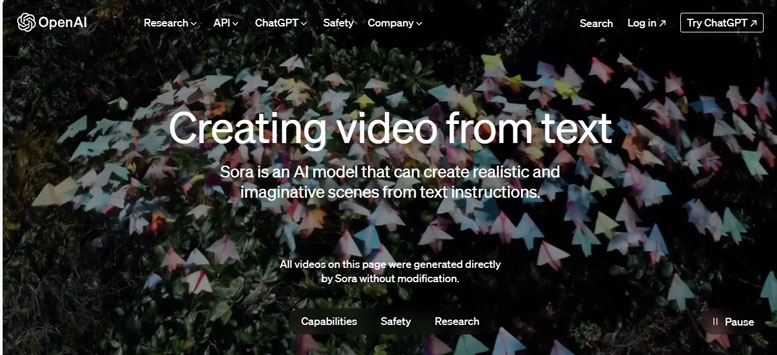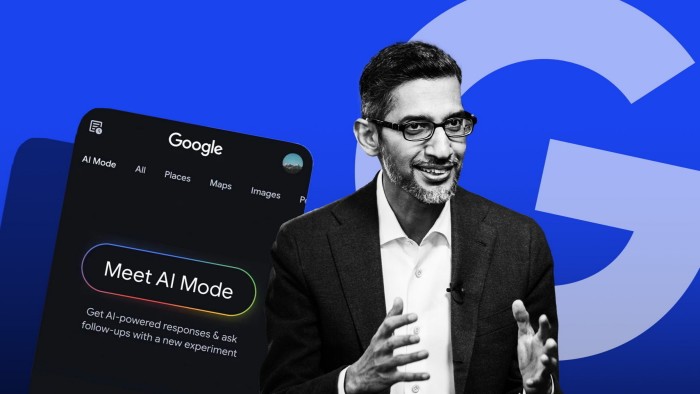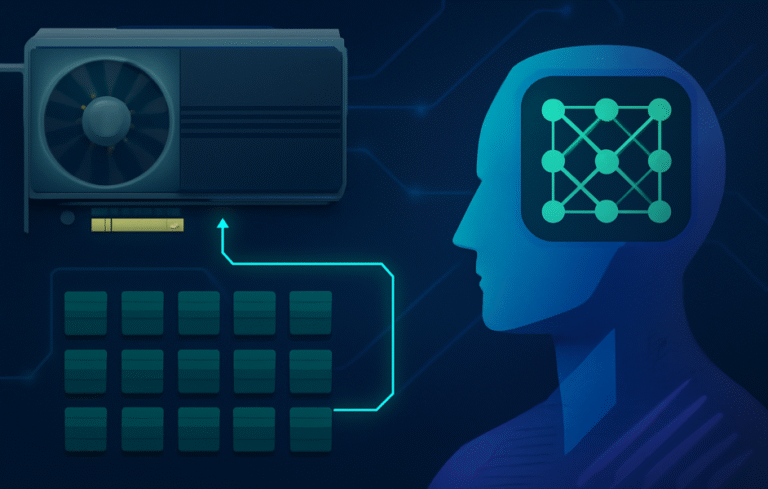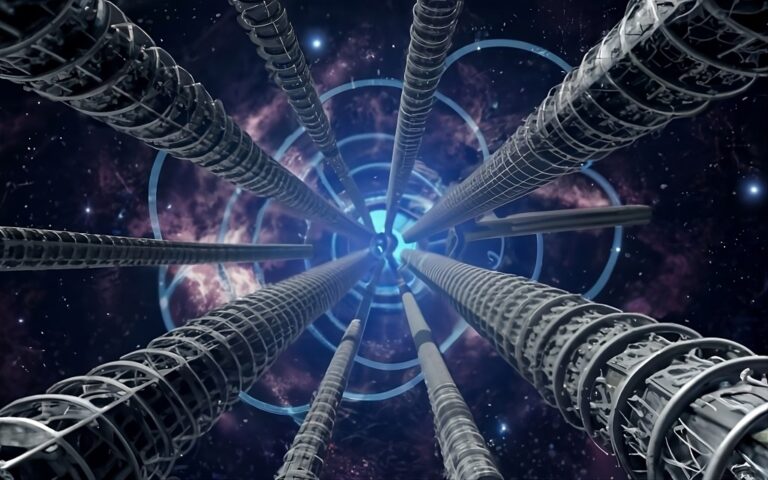OpenAI Sora: Revolutionizing Text-to-Video with AI
Table of Contents
Only one day after its co-founder Andrej Karpathy left the company, and just a few hours after Google announced the Gemini 1.5 update, OpenAI dropped a bomb in the AI world by introducing their brand-new text-to-video model called Sora.
This innovative AI technology has the ability to generate realistic and imaginative scenes from simple text instructions or prompts.
The tool isn’t open to everyone just yet. Only some fortunate can use it, like cybersecurity testers (red teamers) and a selected group of creative types like filmmakers and artists.
Understanding Sora: A Text-to-Video Marvel

Sora is a diffusion model that utilizes a transformer architecture, similar to OpenAI’s renowned GPT models. This allows Sora to generate videos by starting from noisy frames and gradually transforming them into high-quality, coherent visuals. With this unique approach, Sora can generate entire videos from scratch or extend existing videos to make them longer.
One of the key strengths of Sora is its deep understanding of language. The model can accurately interpret text prompts and generate compelling characters that express vibrant emotions. Sora’s ability to create multiple shots within a single video ensures consistency in characters and visual style throughout the generated content.
Unleashing Sora’s Creative Potential
Sora’s capabilities go beyond just generating videos. This powerful text-to-video model can also take still images and bring them to life by animating their contents with meticulous attention to detail. Additionally, Sora can extend existing videos or fill in missing frames, making it a versatile tool for content creators.
Whether it’s creating stunning cinematic scenes, exploring vibrant enchanted forests, or capturing the essence of real-world locations, Sora can generate complex scenes with multiple characters, specific types of motion, and accurate details of the subject and background. The model can not only understand the user’s text instructions but also comprehend how those elements exist in the physical world.
Advancing the Future of AI
Sora represents a significant step forward in AI research and development. OpenAI’s dedication to training models that understand and simulate the physical world is a crucial milestone on the path to achieving Artificial General Intelligence (AGI). By teaching AI to comprehend and interact with the world in a meaningful way, OpenAI is pushing the boundaries of what AI systems can accomplish.
The development of Sora builds upon the success of OpenAI’s previous models, such as DALL·E 3 and GPT. By incorporating the recaptioning technique from DALL·E 3, which involves generating highly descriptive captions for visual training data, Sora can faithfully follow the user’s text instructions and generate videos that accurately reflect the desired content.
Potential Applications and Use Cases
The applications of Sora are vast and wide-ranging. The model’s ability to create realistic and imaginative scenes opens up new possibilities for filmmakers, visual artists, and content creators. From generating captivating movie trailers to animating still images, Sora can bring creative visions to life with stunning accuracy.
Sora also holds promise in the field of education, where it can be used to create interactive and engaging learning materials. By transforming text-based instructions into vivid videos, Sora can facilitate a more immersive and dynamic learning experience for students.
Moreover, Sora’s capabilities have the potential to revolutionize the advertising and marketing industry. Brands can leverage Sora to generate visually stunning videos that captivate audiences and convey their messages with impact. The versatility of the model allows for endless creative possibilities, enabling marketers to create unique and memorable campaigns.
Addressing Limitations and Ensuring Safety
Despite its impressive capabilities, Sora, like any AI model, has its limitations. It may struggle with accurately simulating complex physics or understanding specific instances of cause and effect. For example, in some cases, the model may fail to generate accurate physical interactions or mix up spatial details in the prompt.
OpenAI is committed to addressing these limitations and ensuring the safety of Sora. Red teamers, domain experts in areas like misinformation, hateful content, and bias, are actively testing the model to identify potential harms or risks. According to OpenAI, they’re also developing tools to detect misleading content and plans to include metadata to identify videos generated by Sora. In their own words: “We’re also building tools to help detect misleading content such as a detection classifier that can tell when a video was generated by Sora. We plan to include C2PA metadata in the future if we deploy the model in an OpenAI product”.
In addition, OpenAI is leveraging its existing safety methods developed for models like DALL·E 3. These methods include text and image classifiers that assess and reject prompts violating usage policies, preventing the generation of harmful or inappropriate content.
OpenAI is actively engaging with policymakers, educators, and artists to gather feedback and understand the concerns surrounding this new technology. By learning from real-world use and collaborating with various stakeholders, OpenAI aims to develop increasingly safe AI systems over time.
OpenAI’s Commitment
OpenAI’s introduction of Sora marks another significant milestone in the advancement of AI technology. With its deep understanding of language and its ability to generate compelling videos, Sora showcases the immense potential of AI in creative endeavors.
As OpenAI continues to push the boundaries of AI research, their commitment to safety, transparency, and collaboration remains unwavering. By actively seeking feedback and engaging with a wide range of stakeholders, OpenAI aims to shape the future of AI in a responsible and beneficial manner.
The release of Sora is just the beginning, and as this technology evolves, it holds the promise of transforming various industries, pushing the boundaries of creativity, and revolutionizing the way we interact with AI-generated content.
Disclaimer: The information presented in this article is based on the referenced sources and does not reflect the personal views or opinions of the author.






